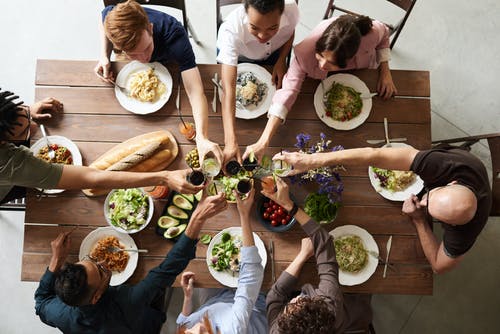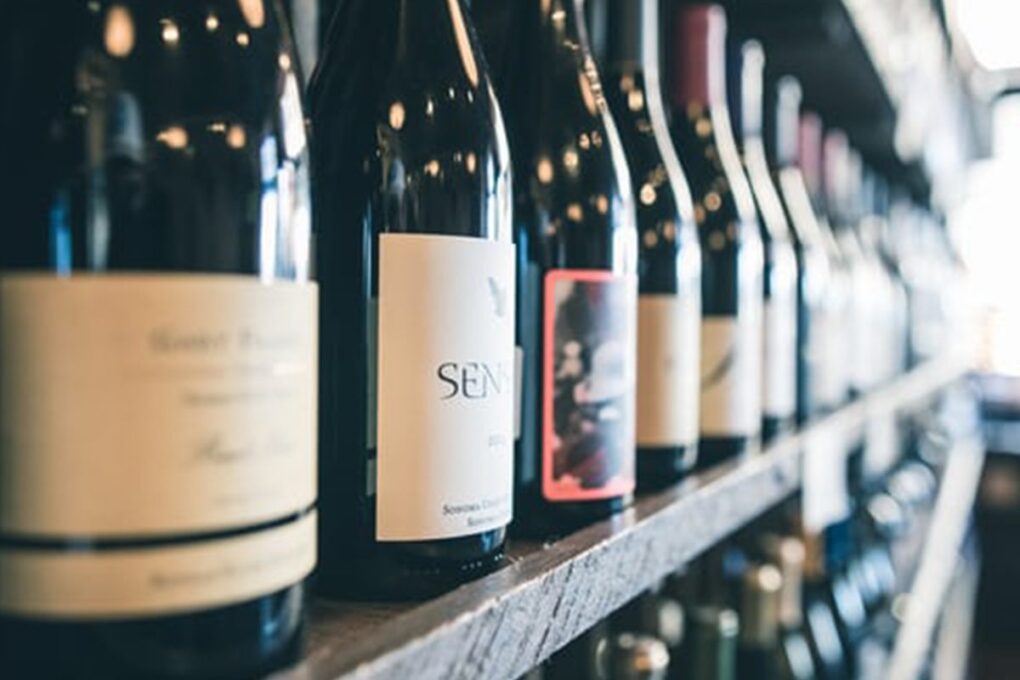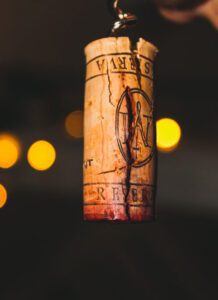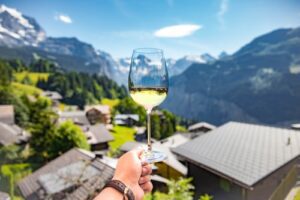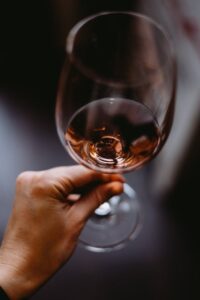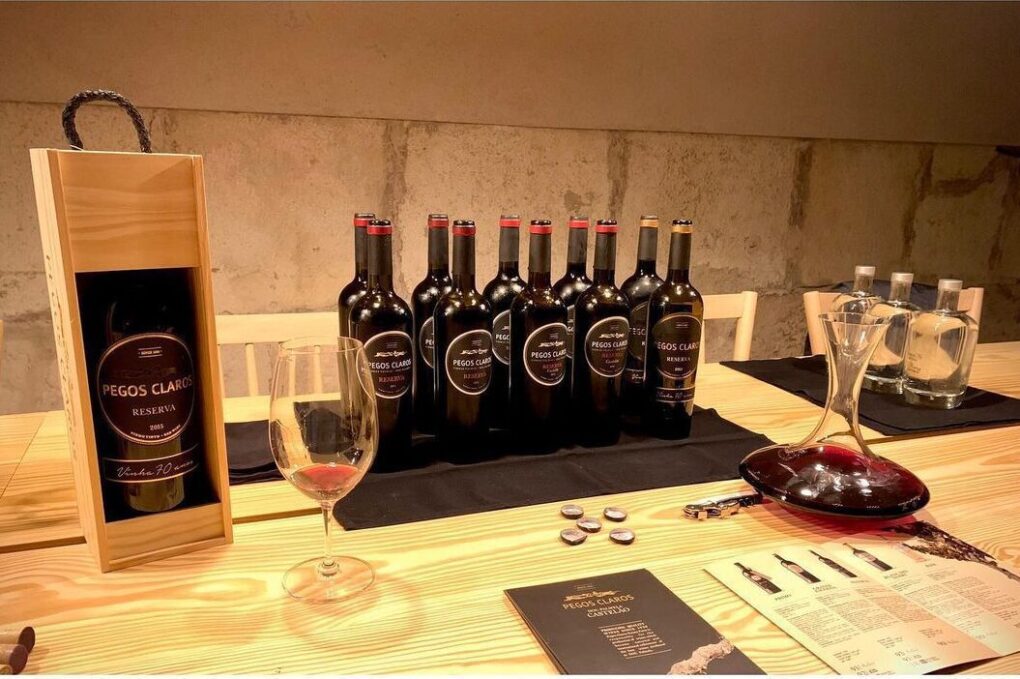How many times has someone handed you the wine list and either you panic and pass it on like a hot potato or just pick one from the middle of the list. Please don’t attempt this in an upmarket restaurant because those wines in the ”middle of list” may be expensive! If you fall under this category, then maybe you should read this blog.
For sure you have come across someone that had a passion for wine and genuinely knew what they were talking about and this may have awoke a curiosity in you about this fantastic world. How many times has someone handed you a glass of wine and you just went ”wow”, what am I drinking here?
Well to ease you in to this topic, I would say this happens to most people. Enjoying wine is an acquired taste where, over time, you will keep pushing the bar higher and higher depending on your curiosity. And no, you don’t need to break the bank to enjoy good wine. That is a misconception that people have. In fact, and this of course is part of the Pinto Wines mission, you can get a quality bottle of wine for under €20 and feel that you are drinking something far more expensive.
Just remember that first time you tried wine and you just went bleh! or even whisky for that matter. Learning and improving your wine palate started right there. Also remember, you have a unique taste. Our tongue may tell us what is acidic, sweet, sour and so on as everyone else, but our brains will always dictate our likes and dislikes about anything we consume. The same happens with wine. I can assure you, a ‘MW’ (top of the wine world, known as Master of Wine) out there will have favourite wines and a colleague of theirs will tell you that specific wine is not as good as he/she says. Same happens with your nose, sometimes smelling a wine (the wine’s scent or aroma is often referred to as the Bouquet) will give you different smells than the next person. It is all connected to your brain and your past experiences. So in other words, it is not an accurate science. What professionals tend to do, to avoid those discrepancies, is to train their bouquet with the different smells out there, that will help their brain identify more accurately the bouquet of the wine.
Again, don’t let any or all of this, put you off and remember you don’t have to be right… You do have to enjoy the process and have fun whilst you do it. Go to wine shops (you will be always welcome in Pinto Wines ;)) any wine shop, that wine is their core business, preferably small, boutique wines. The reason why is that, I guarantee you, the person running that shop went far and beyond to carefully select every single wine on those shelves, and there should be no else more passionate than that savvy wine entrepreneur to answer any of your questions. Just avoid peak times and they will have all the time in the world for you.
All wine connoisseurs had to do the following steps before they had mastered it.
Step 1-Labels
Read the label of any wine that gets you curious. Particularly the one you are about to open. Take your time and go through the small details. The Vintage (year), region, the variety (grape), the estate(producer),it’s appellation credentials such as Grand Cru or Reserva, ABV(alcohol by volume). All of this will be the indicative of what is inside that bottle and in time, it will guide you to make more informed decisions.
Step 2-Open It
Wines have different closures, the most common would be a cork or screw cap. As a general rule always put a drop in a glass and let the wine breathe. Wines after having been bottled go into a sort of ”sleepy mode” inside that bottle, after you opening it will need time to adapt to the fresh air and it uses that air to boost its aromas and qualities. Any good Sommelier will either decante the wine to accelerate this process, and would suggest to leave it open for as long as you can to breathe. All young wines and because they haven’t been on this ‘sleepy mode” for long don’t need to breathe for long, ten minutes should suffice. Anything older than three years, you should restrain yourself and let the breathing do its wonders. Think of it like a good steak that needs to rest after its been cooked. The older the wine, the more time it should breathe, no matter if it is white or red. Rule of thumb, young wine 10 minutes, Reserva wine (will always be over three years old) half an hour or more, Gran reservas, hour plus.
Pour enough in your glass that you think its closer to half a mouth full. I do the 2 fingers high rule depending on the size of the glass. This will help when you swirl the glass, and won’t spill. By swirling the glass you will see a layer left behind by the wine and that is the ”tears” of the wine or more precisely the alcohol. You will also notice that with young reds they have an intense red, ruby, violet colours. With older reds you will find that that the edges of the wine become lighter comparing to the center and with very old wines you may find more of lighter brown, orange colour even. Remember just because it has lost its colour, it doesn’t mean it is off. More likely that it has gained other properties over the years, if stored properly.
On whites, starting from the young ones you will see light colours, yellow, straw and sometimes greenish colours. The older ones start to gain more oranges tones. The older they get, the more intense that orange colour will be. Rosé colours may very from onion skin to salmon, very dependent on the varieties used and how long the grape skins were left while the wine fermented. On sparkling wines, the young ones are normally prepared by the Charmat method (second fermentation in stainless steel tanks) and are usually light yellow, almost colourless. The older ones most likely produced by champenoise or traditional method (second fermentation in the bottle) will have an acquired golden colour. The finer the bubbles and it’s persistence (Perlage) is evidence of a superior quality.
Step 4-Smell it
Shove your nose into that glass, so much so that the rims are nearly touching your face in an even way and by all means give it a big sniff as long as 2 to 4 seconds. Put the glass down, and let the your brain dictate what comes to your mind. What you are picking on on? Again there is no right or wrong, the more you do it the more your brain will start to differentiate and understand the information you are giving to it. Do it a second time and a third time if you have to, but remember the strongest sniff should be the first, the others are just for assurance. Otherwise it will confuse the senses, as there is alcohol evolved and your olfate may become temporarily lightly numb.
I consider this one of the most important parts of the evaluation of the wine, as, with time, you will start breaking the information you get into 3 parts. Primary and normally the first impact (fruit and terroir), secondary identifying the winemaking process as oak (or the lack of it) will play a part here, and terciary will show it’s age. Sounds simple now that I say right? No? See if this will help you more.
With young reds you will find red fruits, sometimes jams or even jellies. Older wines you will find, leather, tobacco, coffee, spices.
In the young whites you will identify flowers, clear fruit pulps such as apples, pineapple, melon, peach, banana and lemon. With the older whites a totally different profile, you will find oak, butter notes and honey.
Step 5-Finally
We get to taste it! This is the final step of any tasting and the best. You should swirl the wine in your mouth and try to loosely move your tongue through it, in order to feel the alcohol, tannins, acidity, sweetness and bitterness and while doing so, try to balance these various elements. I do recommend, that if you are comfortable to do it or are at home, to aerate the wine in your mouth. Take a sip of the wine and suck the air through your mouth as if your drinking through a straw and swirl round your mouth (this is aerating). If you don’t get a flavour profile out of this, nothing will.
On a red with more body, it will show more tannins (literally it will dry your mouth after that sip) and alcohol to balance it than the lighter ones. What you are tasting on your palette, will confirm what your nose had already revealed to you in Step 4.
With whites, they present freshness, minerality, citrus notes and creaminess if older.
Sparkling wines will show lots of fruit and acidity on the young ones, whereas the the older ones will showcase nut flavours, brioche, yeast, toasted bread and lower acidity.
Remember if you are tasting more than one wine at one time, try to spit it out (not very fancy I know) as your senses will become numb if you don’t. I know, I know it is counter intuitive but it is about what you want to get from it.
It will be fun for sure!
Roger Silva
Pinto Wines


